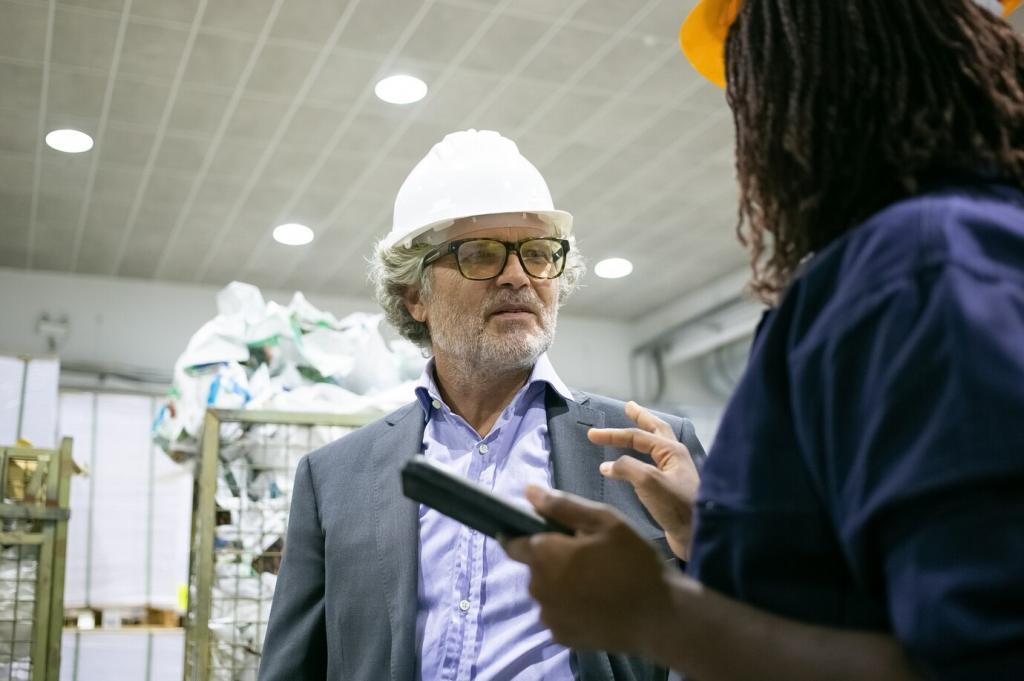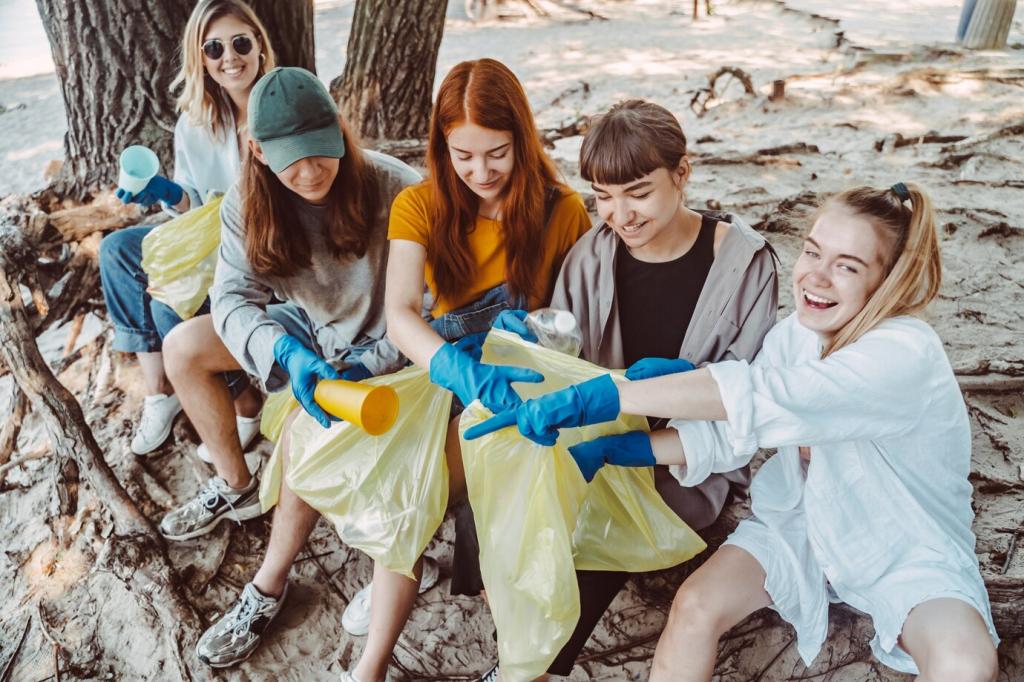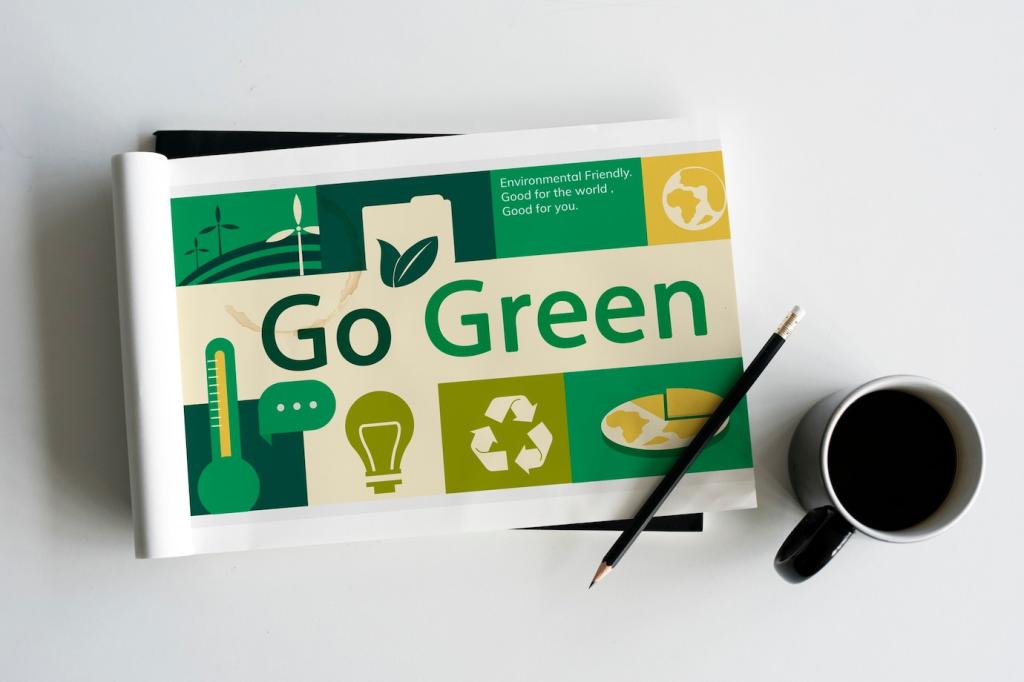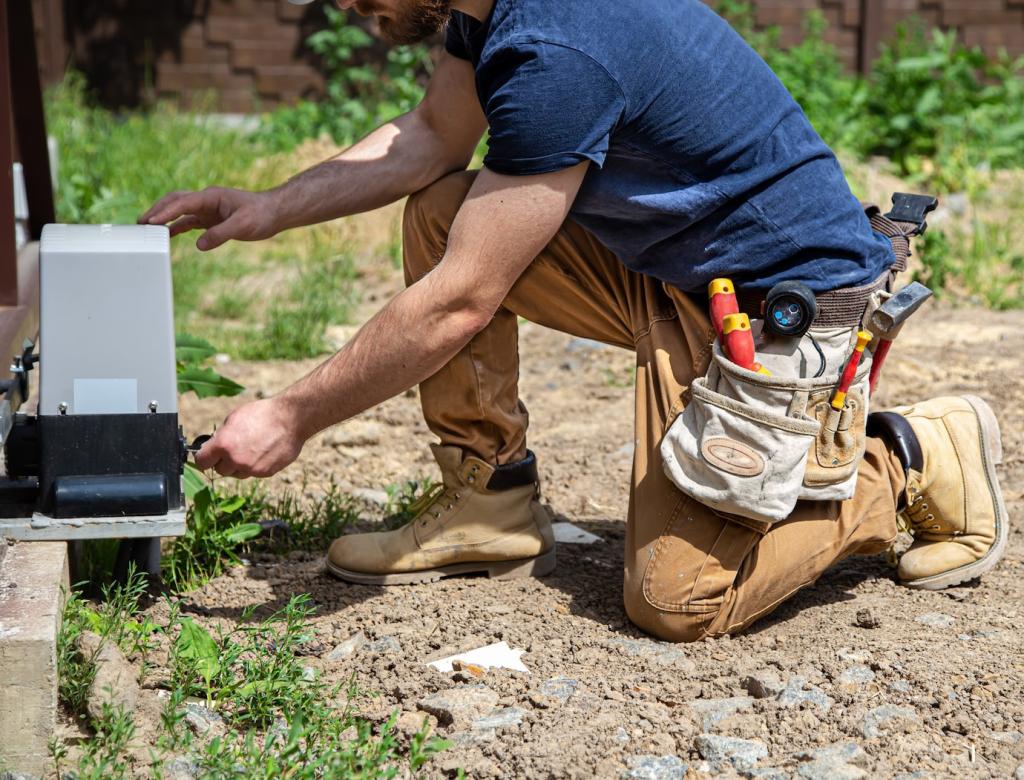Make It a Habit You’ll Keep
Link sanitizing to existing routines: after brushing teeth, spritz bathroom handles; after unloading groceries, treat counters and fridge pulls. Small, predictable triggers turn safer cleaning into an easy, automatic habit.
Make It a Habit You’ll Keep
Set a weekly rotation for high-touch zones—switches, remotes, doorknobs—so nothing gets missed. Five focused minutes a day beat occasional marathons, especially when products are gentle enough for frequent, worry-free use.








